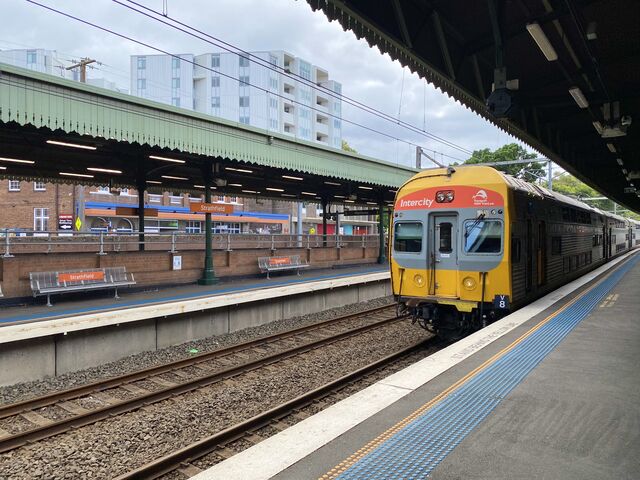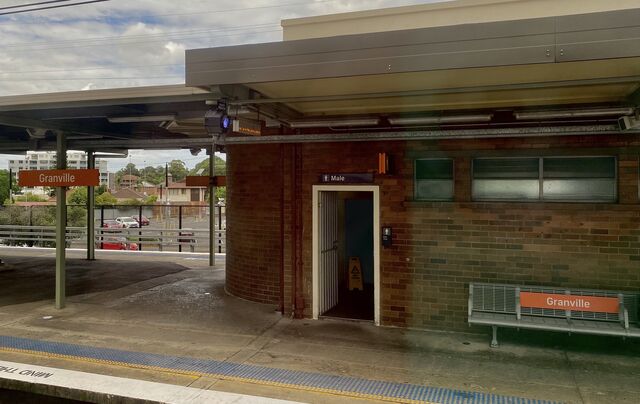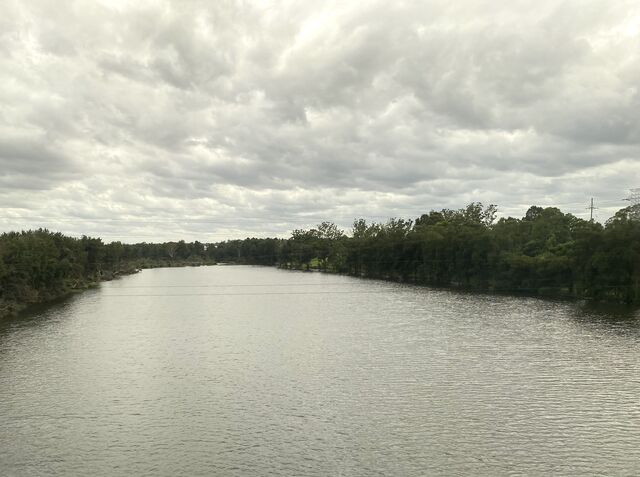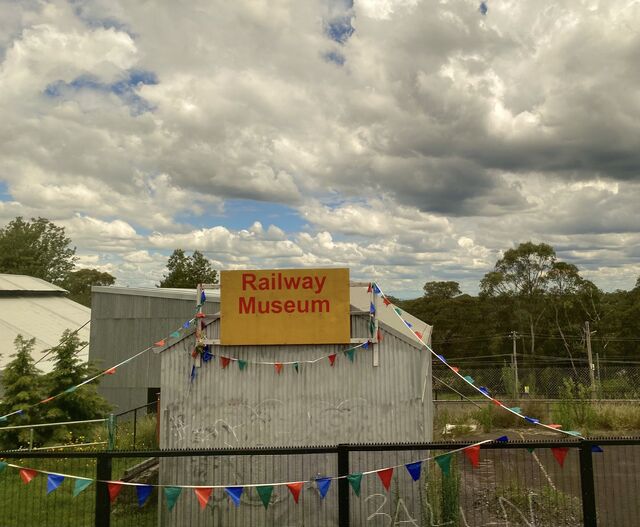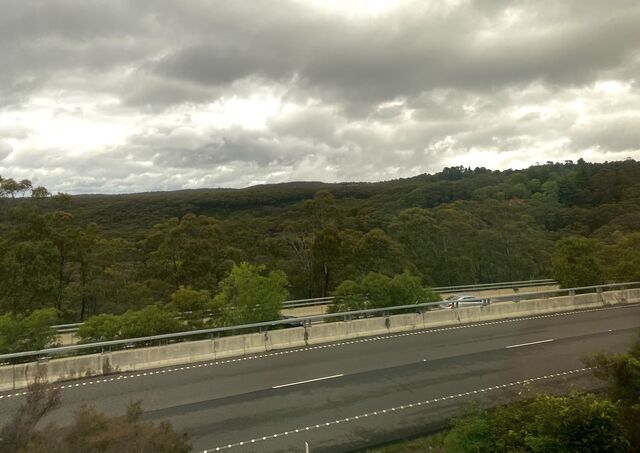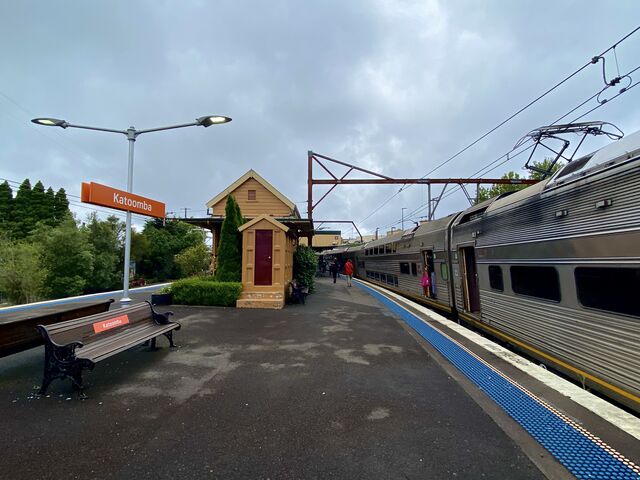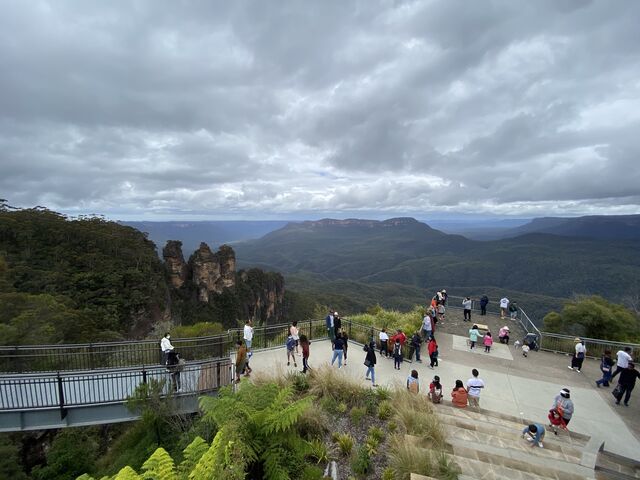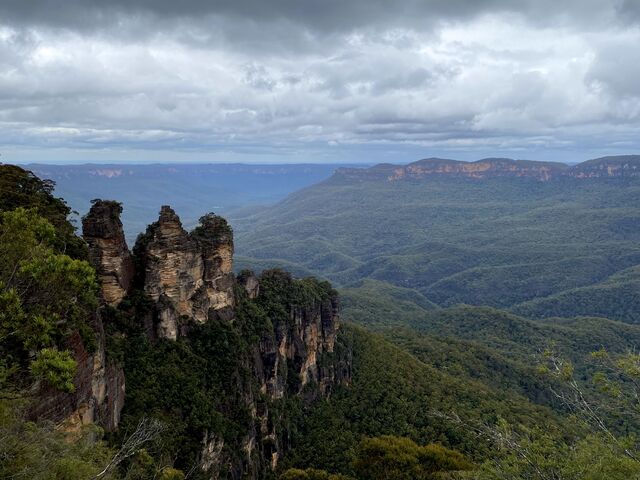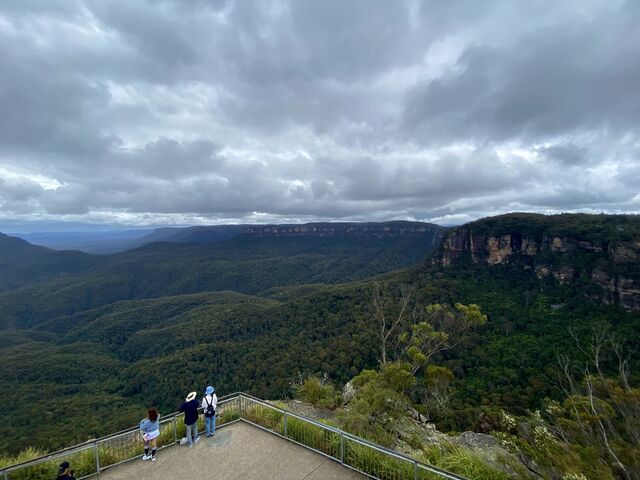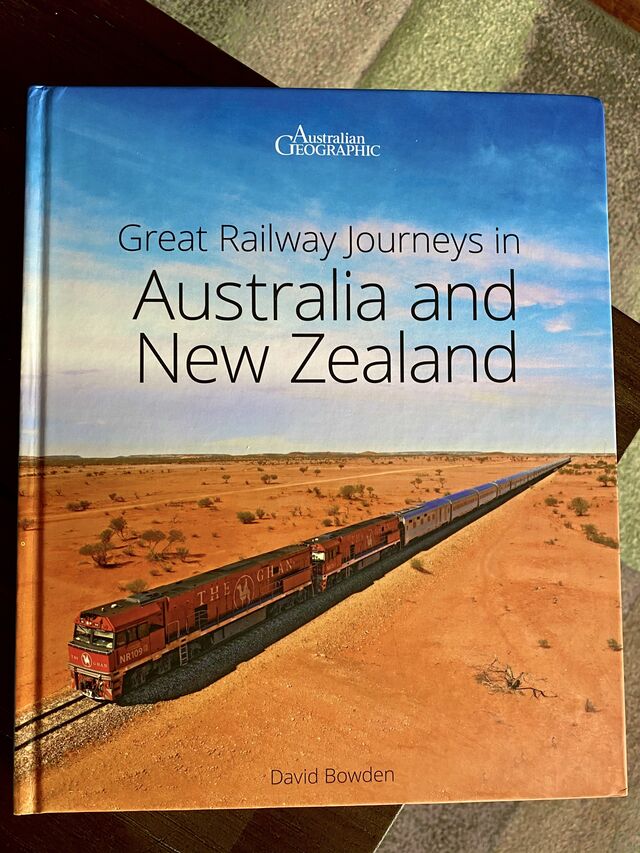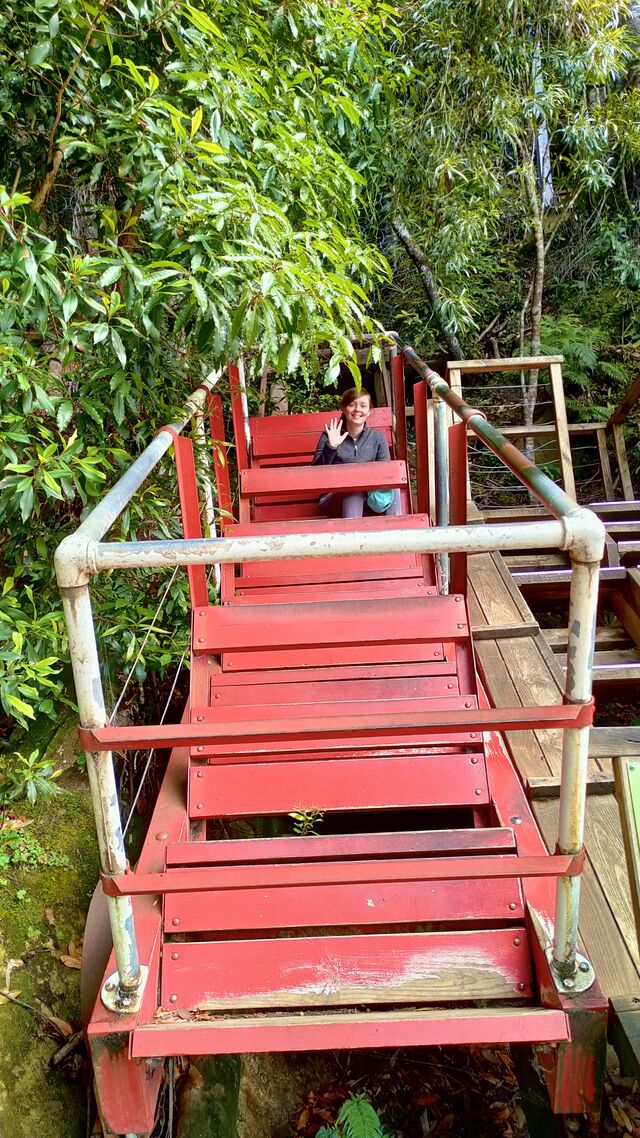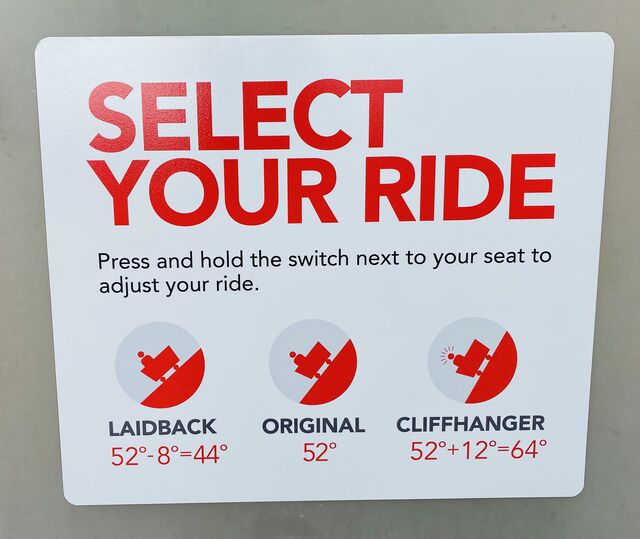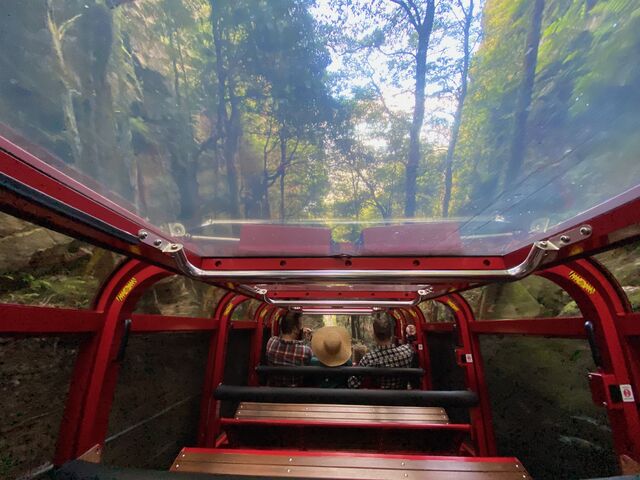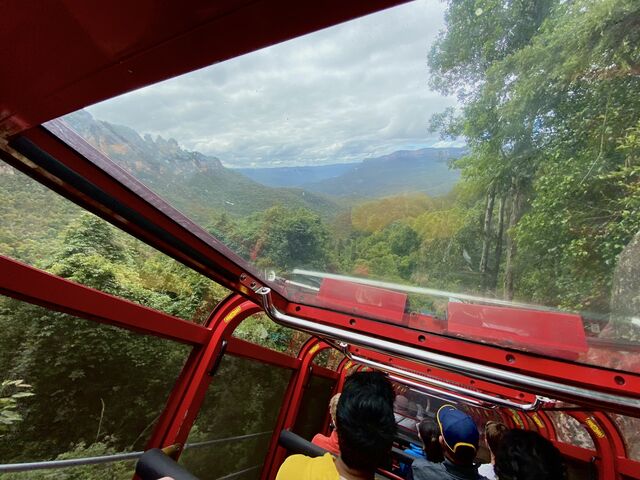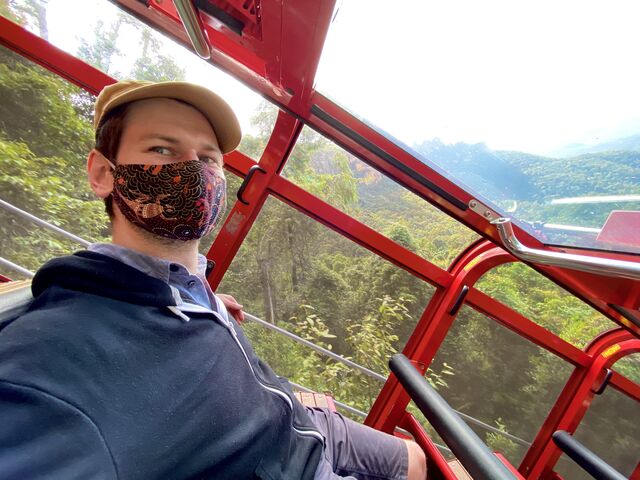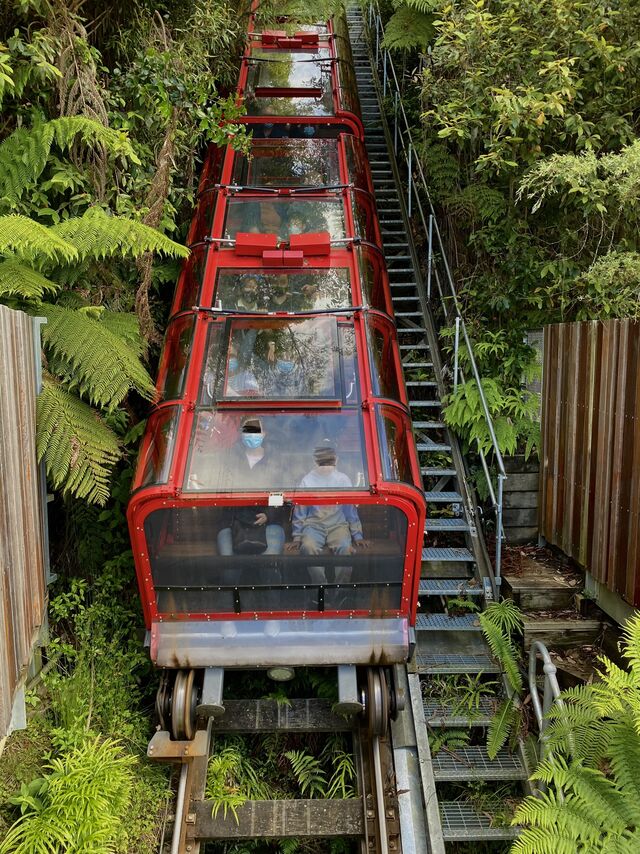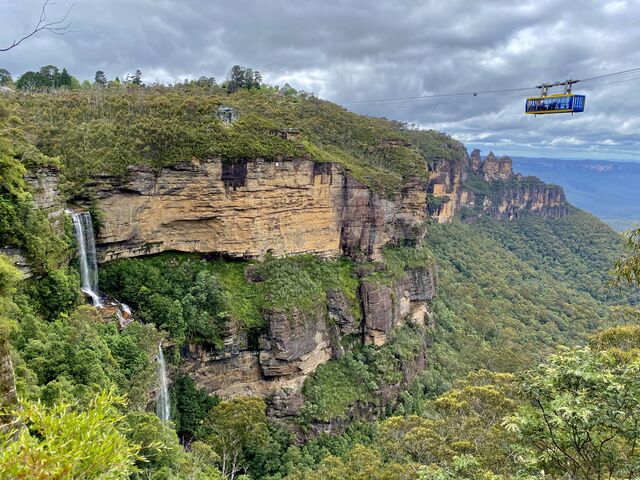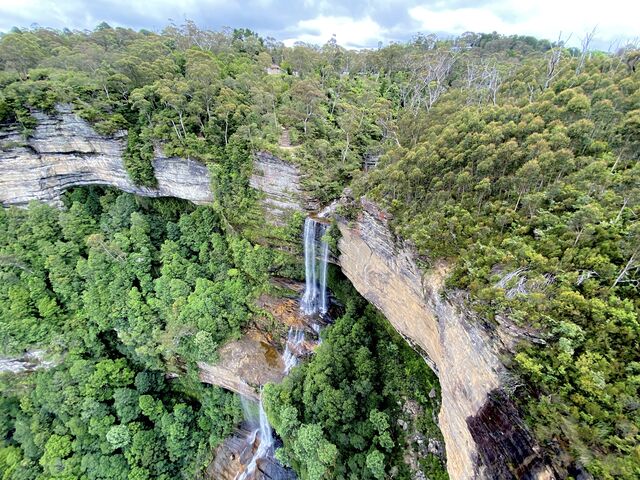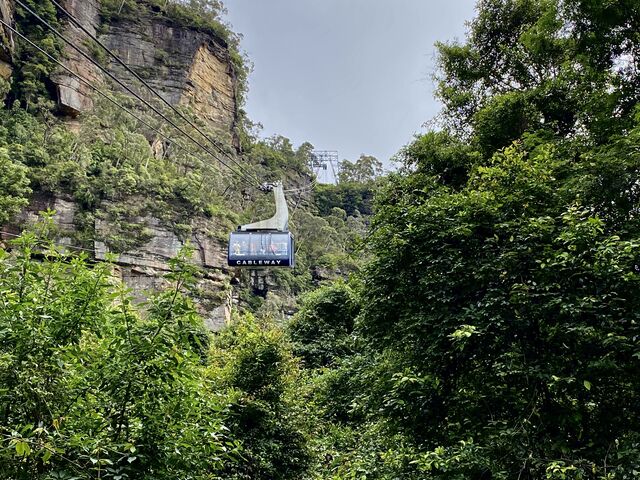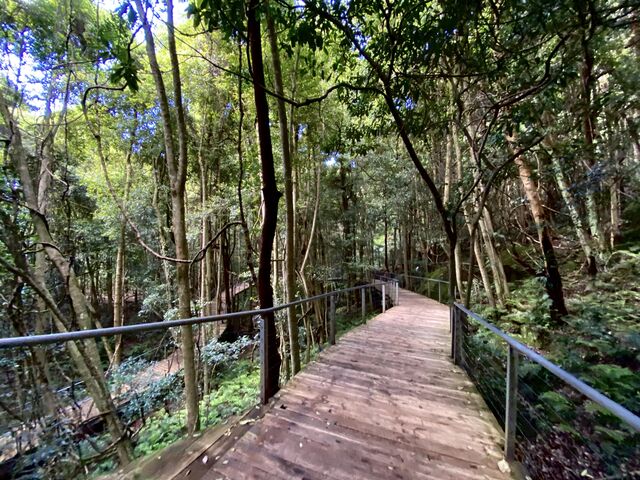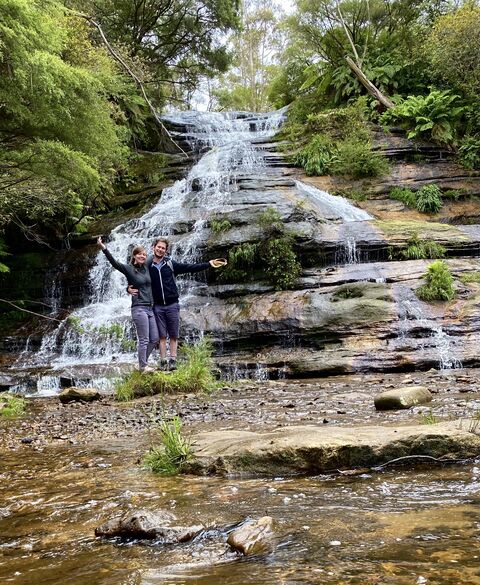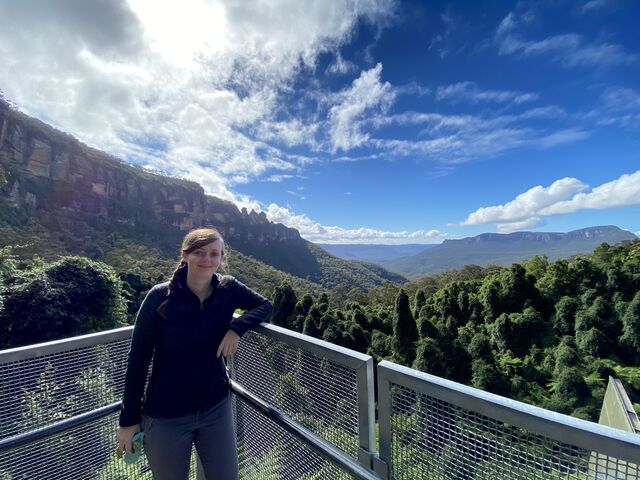The Katoomba Scenic Railway is noteworthy for being the steepest passenger railway in the world!1 I enjoyed a trip on this railway in December 2021.
Sydney–Katoomba
Situated in New South Wales’ Blue Mountains, the town of Katoomba is located 122 kilometres west of Sydney. The train from Sydney to Katoomba travels along the Blue Mountains Line which is fairly unspectacular. It has been observed that the speed and price of this railway journey has been ‘frozen in time’, with the two-hour journey costing passengers approximately $7.2
One point of interest on this line is Granville railway station. Granville is the location of the worst rail disaster in Australian history. In 1977, 83 people died and 213 were injured when a crowded commuter train travelling from Mount Victoria in the Blue Mountains to Sydney derailed and ran into the supports of a road bridge. This caused the bridge to collapse, with 470 tonnes of concrete piling on top of two of the train’s carriages.3
The below images show the inside of the train, along with some of the more interesting scenery en route.
Upon arriving in Katoomba, the heart of the Blue Mountains, it is a 30-minute walk through the town to Echo Point Lookout which provides sweeping views of the Jamison Valley and the iconic Three Sisters. The Blue Mountains take their name from their colour when viewed at a distance, with eucalyptus oil transpiring from leaves creating the illusion of a misty blue haze.4
The Steepest Passenger Railway in the World
The Katoomba Scenic Railway is located in Scenic World—a tourist attraction located 3km from Katoomba railway station. My guidebook for the trip was David Bowden’s Great Railway Journeys in Australia and New Zealand which provided some interesting historical information about the railway and its original purpose. Information boards located at the railway itself also provided useful information about the journey.
The original railway was built in 1878 to serve the Katoomba coal mine. The railway was used to haul coal up the cliff which was then transported 2km to the railway siding at Katoomba. The miners began to earn extra income from the railway in 1928 when they allowed sore and tired hikers seeking a lift to the top of the escarpment to ride the railway for sixpence a ride.5 The hikers initially rode in a coal skip, but a 12 seater car was later built and used on weekends and public holidays. When mining ceased in 1945, entrepreneur Harry Hammon converted the railway into a tourist attraction. It was a chance encounter with a group of American soldiers that gave him the idea for a tourist railway. One day while Harry was loading coal at the mine, a jeep load of American soldiers pulled up and enquired about the location of the steep railway. When told it only operated on weekends one of the men replied “Goldarn it! We drove all the way up from Sydney for a ride on that thing and it’s closed”.6
Today, the railway is the most visited privately-owned tourist attraction in the southern hemisphere.7 Transporting passengers down the steep incline every ten minutes, the Katoomba Scenic Railway is also notable for being the railway with Australia’s most frequent timetable.8 The front carriage of the train provides great views of the rainforest, however, my travel companion and I found that sitting in the rearmost carriage provided a slightly more adrenalin-fuelled experience.
The railway descends into the Jamison Valley at an incline of 52 degrees (128% maximum gradient).9 It is a steep, albeit short journey. The total trip takes only 125 seconds,10 the train descending 415 metres from the top of the escarpment and easing its way down the incline between sandstone cliffs and through a tunnel, before emerging on the floor of the Jamison Valley. Passengers have the option of making the decline even steeper by reclining their adjustable seats up to 20 degrees. The ‘cliffhanger’ seat adjustment option allows passengers to descend the mountain at a steep 64 degree angle. Those seeking a more relaxed journey can select the ’laidback’ option.
With a ticket to Scenic World, visitors can ride the Scenic Railway as many times as they please, both up and down the incredibly steep incline. When descending from Scenic World’s hub at the top of the escarpment, the train is usually jam-packed with tourists, so train enthusiasts are well-advised to stay on the train once it has finished its journey and ride it straight back up again (which should hopefully provide a much less crowded train experience).
Other Attractions in Katoomba
In addition to the Scenic Railway, visitors to Scenic World can enjoy the Scenic Skyway which glides across cliff tops above the Jamison Valley and provides great views of Katoomba Falls and the Three Sisters; the Scenic Cableway which is notable for being the southern hemisphere’s steepest aerial cablecar; and the Scenic Walkway—a 2.4 kilometre elevated rainforest boardwalk.11
My travel companion and I also enjoyed a number of hiking tracks in the area. From Echo Point, we completed the Three Sisters walk, before continuing down the Giant Stairway (descending 998 stairs) and completing the Dardanelles Pass circuit track which took us into Leura Forest and through a dense canopy of coachwood, sassafrass, and lilly pilly. The Prince Henry Cliff walk from Scenic World to Echo Point was another highlight.
With rewarding hiking trails, beautiful waterfalls, and tourist attractions which provide sweeping views of the Blue Mountains, there were many highlights on our trip to Katoomba, but there is little doubt that a ride on the steepest passenger railway in the world was the most unforgettable of these experiences.
David Bowden, Great Railway Journeys in Australia and New Zealand (John Beaufoy Publishing, 2nd ed, 2020) 60. ↩︎
Michael Portillo, ‘Sydney to Broken Hill’, Great Australian Railway Journeys, (BBC Two, 2019), comparing the speed and price of a 2019 trip on the Blue Mountains line to a 1913 trip along the same railway. ↩︎
BBC News, ‘Granville: The rail disaster that changed Australia’ (17 January 2017) (online). ↩︎
David Bowden, Great Railway Journeys in Australia and New Zealand (John Beaufoy Publishing, 2nd ed, 2020) 60. ↩︎
Information board at Katoomba Scenic Railway. ↩︎
Ibid. ↩︎
Bowden (n 1) 60. ↩︎
Ibid. ↩︎
Information board at Katoomba Scenic Railway. ↩︎
Portillo (n 2). ↩︎
Blue Mountains Australia, Scenic World (online). ↩︎
